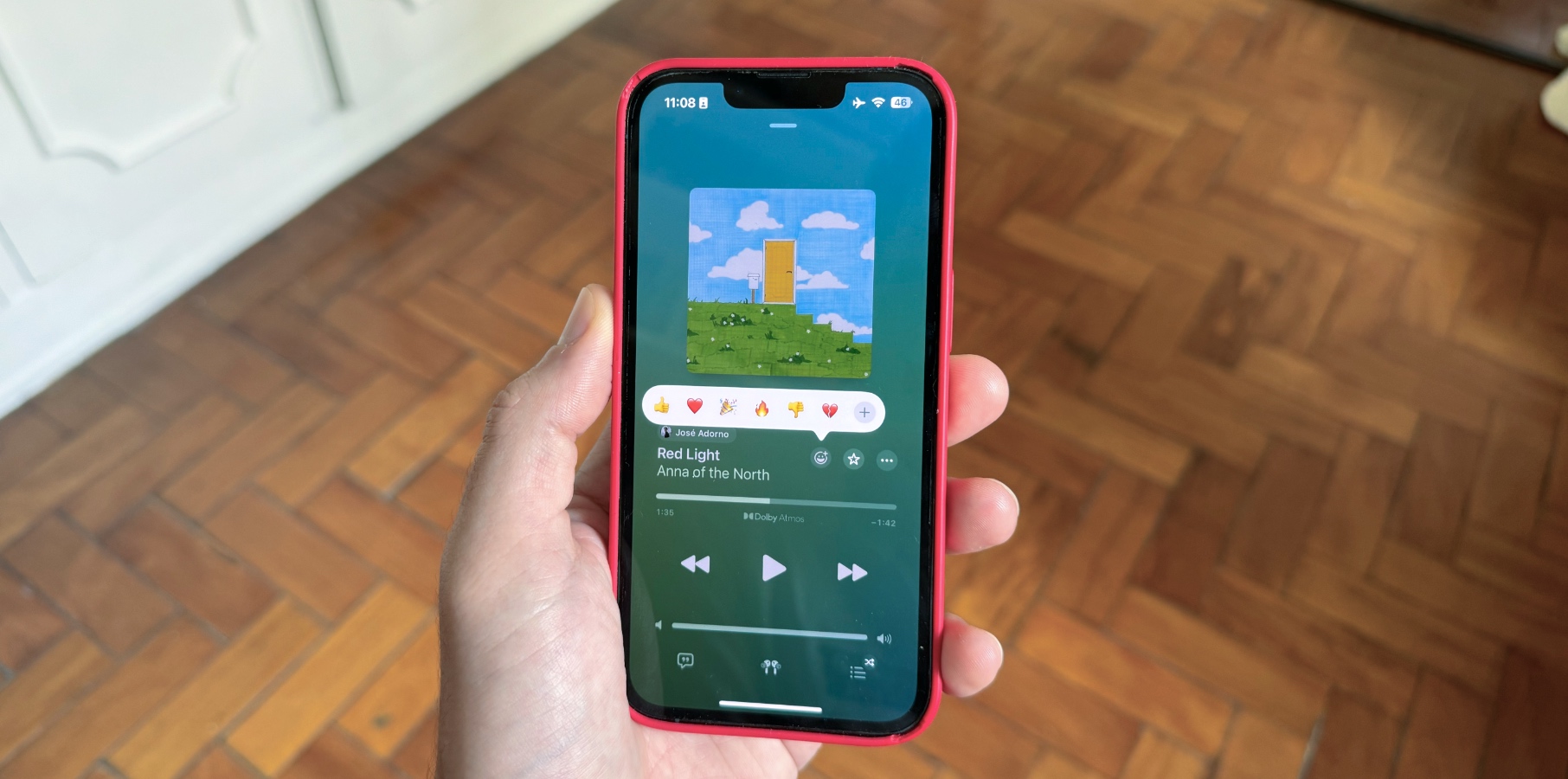Your music listening habits could be putting your hearing at risk. A recent study published in the BMJ Global Health Journal warns that between 670 million and 1.35 billion teens and young adults could face hearing loss due to unsafe listening practices.
The study analyzed data from 33 studies covering more than 19,000 people between the ages of 12 to 34. Researchers focused on two significant sources of loud music exposure: Personal listening devices, like headphones and earbuds, and live music events.
They found that roughly 24 percent of young people listen to their devices at volumes high enough to harm their hearing. Meanwhile, 48 percent are exposed to unsafe sound levels at concerts, clubs, and theaters. Combined, both these scenarios provide very unsafe listening practices that could lead to noise-induced hearing loss, or NIHL.

Additionally, listening at high volumes can also lead to lifelong hearing problems like tinnitus—a constant ringing noise in your ear—and NIHL, as I mentioned before. With an estimated 2.8 billion people in the 12 to 34 age group globally, the researchers warn that over a billion young individuals might be risking permanent hearing damage.
This new research builds on a 2015 World Health Organization (WHO) report that estimated 1 billion young people were in similar danger. The increasing use of high-volume devices and unsafe listening practices at live events only intensify the risk.
The researchers also urge global leaders to take action to encourage safer listening habits. Protecting your hearing can be simple. Keeping your devices at a lower volume and wearing ear protection at loud events can make a big difference.
Music can be really good. Scientists have even found a way to treat Alzheimer’s with music. But if we can’t curb the unsafe listening practices taking over, we may soon end up with an epidemic of hearing loss, especially in younger people.








